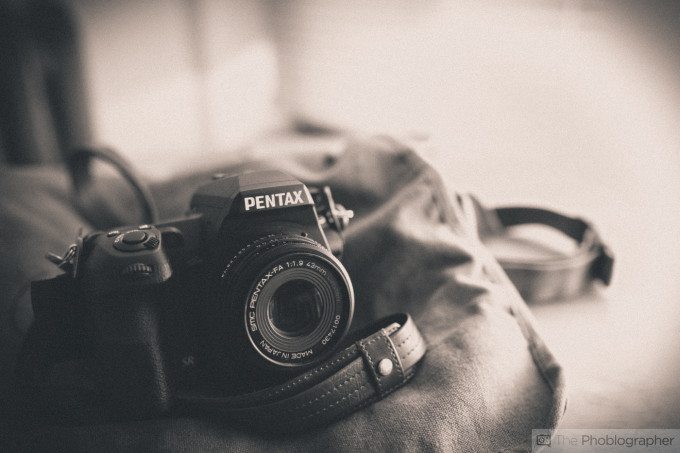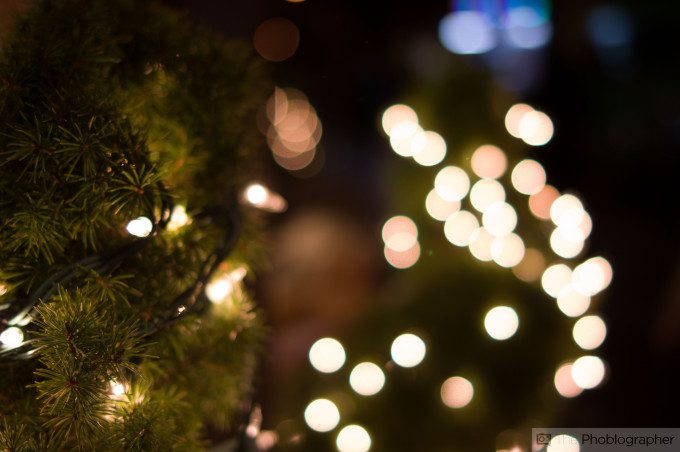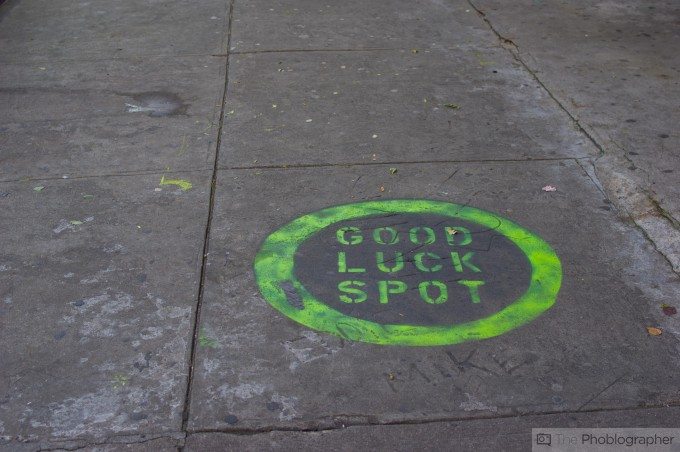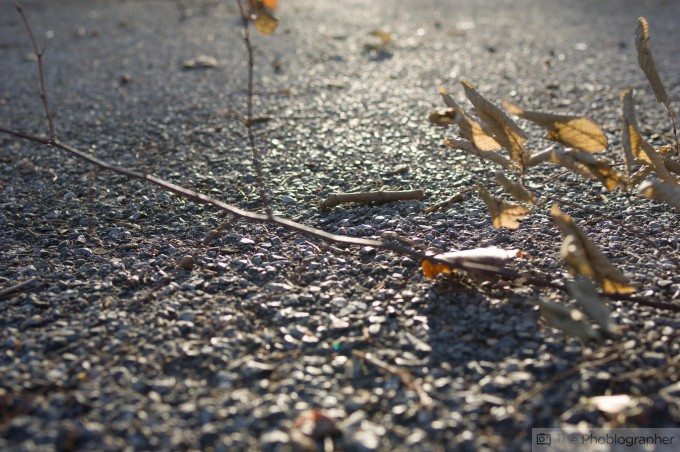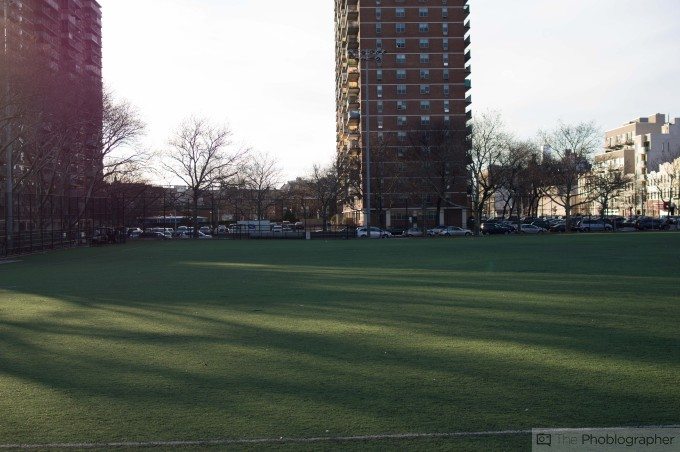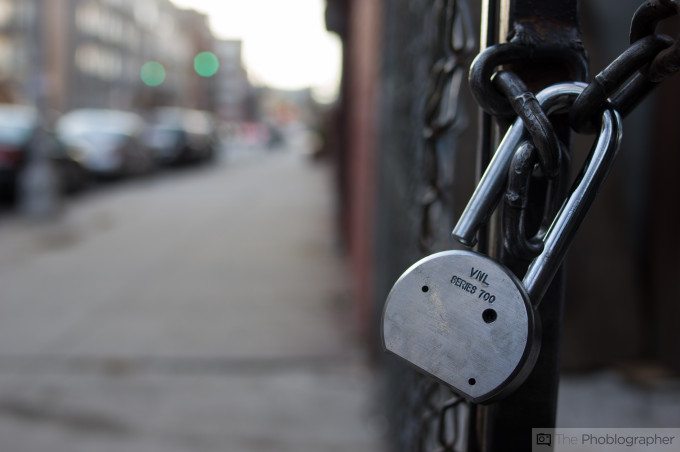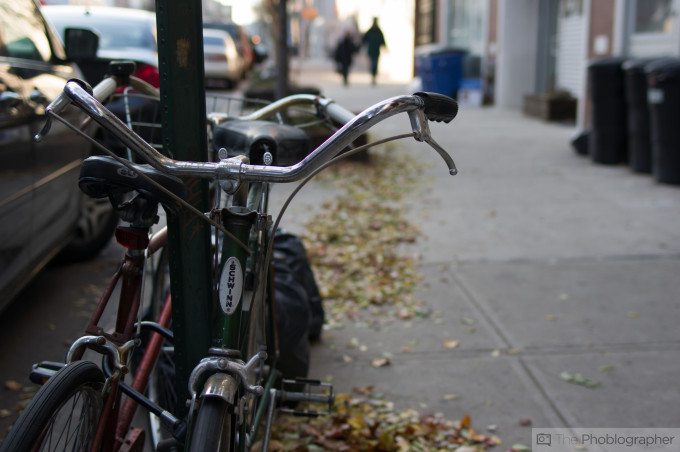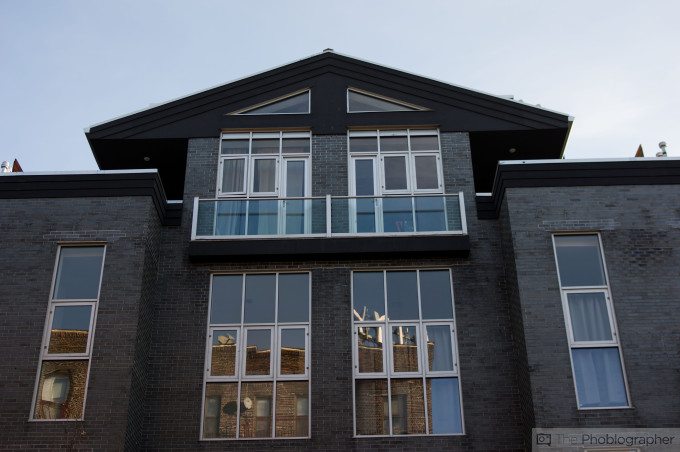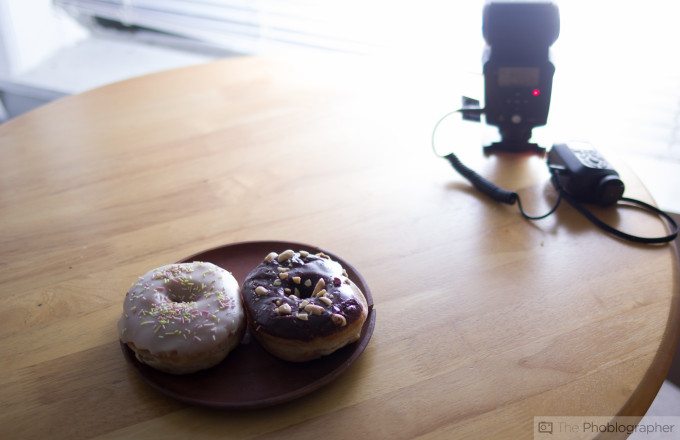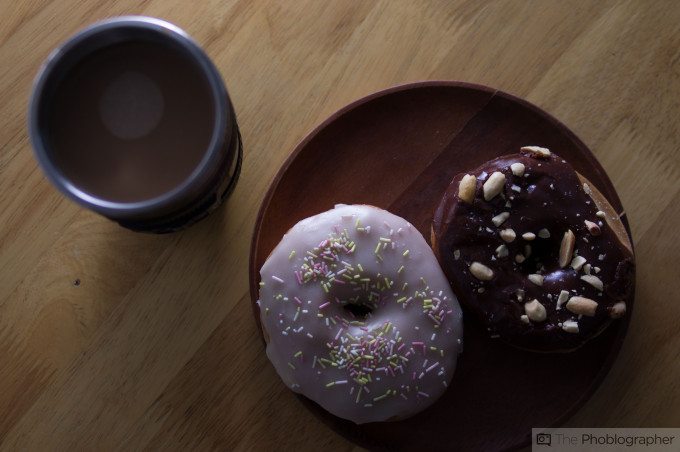Last Updated on 12/01/2013 by Chris Gampat
The K3: Pentax’s flagship camera that many thought would be a full frame option. Instead, the company gave them an APS-C DSLR with a couple of interesting features. For starters, users have a digital AA filter. Then you can add in all the typical Pentax features such as incredible weather sealing, stabilization on the sensor, lots of megapixels, and other features targeted at the outdoors crowd.
But is the Pentax K3 really a camera for you?
Pros and Cons
Pros
– Solid build quality
– Improved autofocus and very good focusing in Live View mode
– Brighter viewfinder than typical flagship APS-C DSLR cameras
– Fairly small
Cons
– Ergonomics take some getting used to due to button placement
– Focusing tends to usually go to the center spot even when you don’t want it to
Gear Used
We used the Pentax K3 with the 31mm f1.8, 43mm f1.9, PocketWizard Plus III triggers, and the Lumopro LP-180 flash.
Tech Specs
Taken from the B&H Photo listing of the product
- 23.35MP APS-C CMOS Sensor
- PRIME III Image Processor
- User-Selectable Anti-Aliasing Filter
- Full HD 1080i/p Video Recording
- 3.2″ 1,037k-Dot LCD Monitor
- Optical 0.95x Mag. Pentaprism Viewfinder
- Continuous Shooting up to 8.3 fps
- In-Camera Shake Reduction Stabilization
- Dual SD Memory Card Slots
- Weather-Sealed Magnesium Alloy Body
Ergonomics
Taken from our first impressions post.
The Pentax K3 is an interesting camera that feels very solid in the hand, but that also feels a bit like the company tried to take the camera and make it feel as if its Vin Diesel on steroids. With that said, the camera has some big, broad shoulders that it uses to help pack in as much customization as it possibly can.
The front of the camera isn’t exactly devoid of controls either. Along the left side is where you’ll find an AF/MF switch, AF mode selector, raw/JPEG, PC port, and pop up flash. Plus this is also where a couple of the ports are for connectivity.
Along the top of the camera is where you’ll find even more settings. Near the grip is the on/off switch, shutter release, exposure compensation button, ISO control, LCD screen for information display, and the mode dial selector. Here you can also find the hot shoe for the K3.
Along the back of the camera is where you’ll find a massive assortment of more controls. Pentax places their playback, menus, focus selection control, four way control setting, and loads more back here. Indeed, if you’re not a Pentax user natively it may take some time to get used to.
Lastly, along the grip is where you can find the SD card port door. The K3 accepts two SD cards.
Build Quality
The K3’s build quality is just as solid as any other flagship APS-C DSLR–and could be even better. We didn’t get the chance to test it with a weather sealed lens, but given that we ran the K-30 under a faucet and it survived, we’re sure that this camera will too. It is the company’s flagship after all.
Update
Upon looking at the box that Pentax sent us again, we found a weather sealed lens with the camera. And as you can see, the weather sealing holds up with no issues.
Ease of Use
The Pentax K3 is the company’s flagship DSLR, and so it is also its most advanced. Admittedly, of any brand out there I have the least familiarity with Pentax’s cameras but I also can adapt very quickly as is the nature of being a reviewer. If someone was coming from another brand to Pentax, they might find the K3 a tad intimidating. However, after a month of use, I still can’t totally understand why Pentax made some of the decisions that they did.
For example, if you want to change the focusing point manually, you need to reach all the way down to the bottom at the back, move the point around, and then shoot. Pressing the button again will give you the normal directional controls.
Manually choosing the focusing point affords you the most accurate autofocusing. Otherwise, the system will tend to favor the center point. This is how photographers used to shoot: center focus point and then recompose. Indeed, many still use this method today. However, companies don’t put a million focusing points into a camera for you to use the center only.
Autofocus
The great thing about the K3’s focusing system is that no matter what point you’re using and no matter what the lighting situation is (low light or great light) the focusing is accurate but sometimes slow. So with this, you can rest assured. However, it might not always seem like you’re focused accurately. While they have wonderful bokeh and great image quality, Pentax’s legendary primes are a tad soft when compared with many modern optics. And so to get the best results we recommend stopping down just a bit lest you believe that you’re not in focus.
Metering
In our Sunny 16 tests we found the Pentax K3 to underexpose by 1/3rd of a stop. By modern standards, that is actually quite normal and leads us to believe that the camera houses a Sony sensor as their cameras tend to do this the most.
Image Quality
The overall image quality of the Pentax K3 is not something to complain about unless you’re one of those types that really just likes complaining. Indeed, the image quality from the K3 is rather remarkable. The 23.35MP APS-C sensor inside lacks an AA filter to deliver sharper images. So if you want the filter, you’ll need to enable the digital simulation that the camera can deliver. In our opinion, it isn’t needed. For a DSLR, Pentax’s K3 is only bested by the Nikon D7100 in terms of image quality and part of that might have to do with Nikon’s lenses. In terms of overall APS-C sensors, Fujifilm’s X Trans sensors are the best in the business. Granted, modern cameras all deliver more than good enough image quality to both consumers and enthusiasts alike.
And as we’ve always said, no one is making a bad camera in this economy. They simply just can’t afford to mess up.
Despite how good the sensor performance is on the K3, we must emphasize that no system is complete without its lenses. Indeed, Pentax has a very nice lineup of beautiful lenses. However, many are in need of an update as the 43mm f1.9 and 31mm f1.8 consistently delivered more color fringing than I’d ever want to deal with. Though our general philosophy here on the site is that most color fringing can be corrected with modern software (and we stick to that) these lenses fringed a bit too much for our liking and to the point where finding the right balance between the blue, red, and purple channels was quite difficult to do in Adobe Lightroom 5.
With all of this said, we think that Pentax is delivering one heck of a camera in the image quality department, but you might be better off with third party lenses.
RAW File Versatility
One of the great things about Pentax’s cameras is that they meter very well. With that said, one can easily push and recover four stops of information from the shadows along with around two and a half stops from the highlights without clipping.
Of course, if you know how to meter to begin with, you shouldn’t have this problem. But it’s nice to know that you have that versatility.
High ISO Output
At ISO 6400, you’ll get some grainy images if you look very closely. But otherwise we find the noise to be very well controlled. Additionally, lots of details can be brought out. In the scene above, I really couldn’t see to the end of the boardwalk as the lights were all off. But at ISO 6400, the Pentax K3 was able to see in the dark when I couldn’t. It helped me scout out just how safe the boardwalk was at night.
Extra Image Samples
As always, the EXIF data on the images is in the file name
Special Addition for the Folks at Pentax Forums
When we first published our first impressions post, the folks over at Pentax Forums talked about it amongst themselves, and I joined the conversation. Many of you folks were very kind and understandable when we conversed about our initial impressions. This section of the review is dedicated specifically to you to show and prove to the world (and many might think otherwise) that the Pentax K3 can do professional grade work.
Though you may not like the words in my review, I only speak the truth of the findings that I am reporting. And with that said, take note of this. The above image is a donut on my dining table in my apartment. In late November, NYC has been pretty darn gloomy. And to get a better shot of these scrumptious donuts, I needed better light. The flash in the far corner is the Lumopro LP-180, which I’ve been reviewing for around a month and am finding to be quite spectacular.
This is the image without flash at ISO 1600. Sure I could’ve boosted this in post, but then I risk introducing image noise into the photo.
This image was shot at ISO 400 and the flash was added into the mix. By putting the wide diffuser on the flash and aiming it towards my window blinds, I was able to mimic the look of lots of light coming in through the window and therefore light the donuts to look natural.
And this continued when I decided to shoot above. I could have put a silver reflector near the bottom of the image to bounce some fill light back in, but I really like the look of barely morning light.
I hope you find this section inspirational and use it as proof that you surely can do an excellent job with Pentax cameras. As w always say with every piece of gear that we review, in the end all that matters is your creative vision and your lighting.
Conclusions
Besides a couple of user interface quibbles, there really isn’t much bad that we can say about the Pentax K3. It’s a solid camera with excellent image quality, but held back a bit by the lenses. Sure, Pentax boasts the most APS-C lenses of any DSLR manufacturer, but what about if someone wants to go full frame eventually? Must they be locked into APS-C forever?
Lenses aside, the K3’s focusing is exceptionally accurate and many will be quite pleased with its performance in various situations. Additionally, many photographers will appreciate its build quality. But in the end, we feel that those that will appreciate it the most are Pentax fans themselves. And once again, this has to do with the handling.
Check out B&H Photo for the latest prices on the Pentax K3.
Recommended Items and Accessories
Pentax 31mm f1.9- The company’s best single focal length lens that back in the film days was said to be beautiful is still amongst our favorite. However, we still think it needs a modern update.
Sigma 18-35mm f1.8- Of any single lens that you consider going for, this is the best zoom lens for an APS-C camera.
Please Support The Phoblographer
We love to bring you guys the latest and greatest news and gear related stuff. However, we can’t keep doing that unless we have your continued support. If you would like to purchase any of the items mentioned, please do so by clicking our links first and then purchasing the items as we then get a small portion of the sale to help run the website.
Also, please follow us on Facebook, Google+, Flickr and Twitter.


